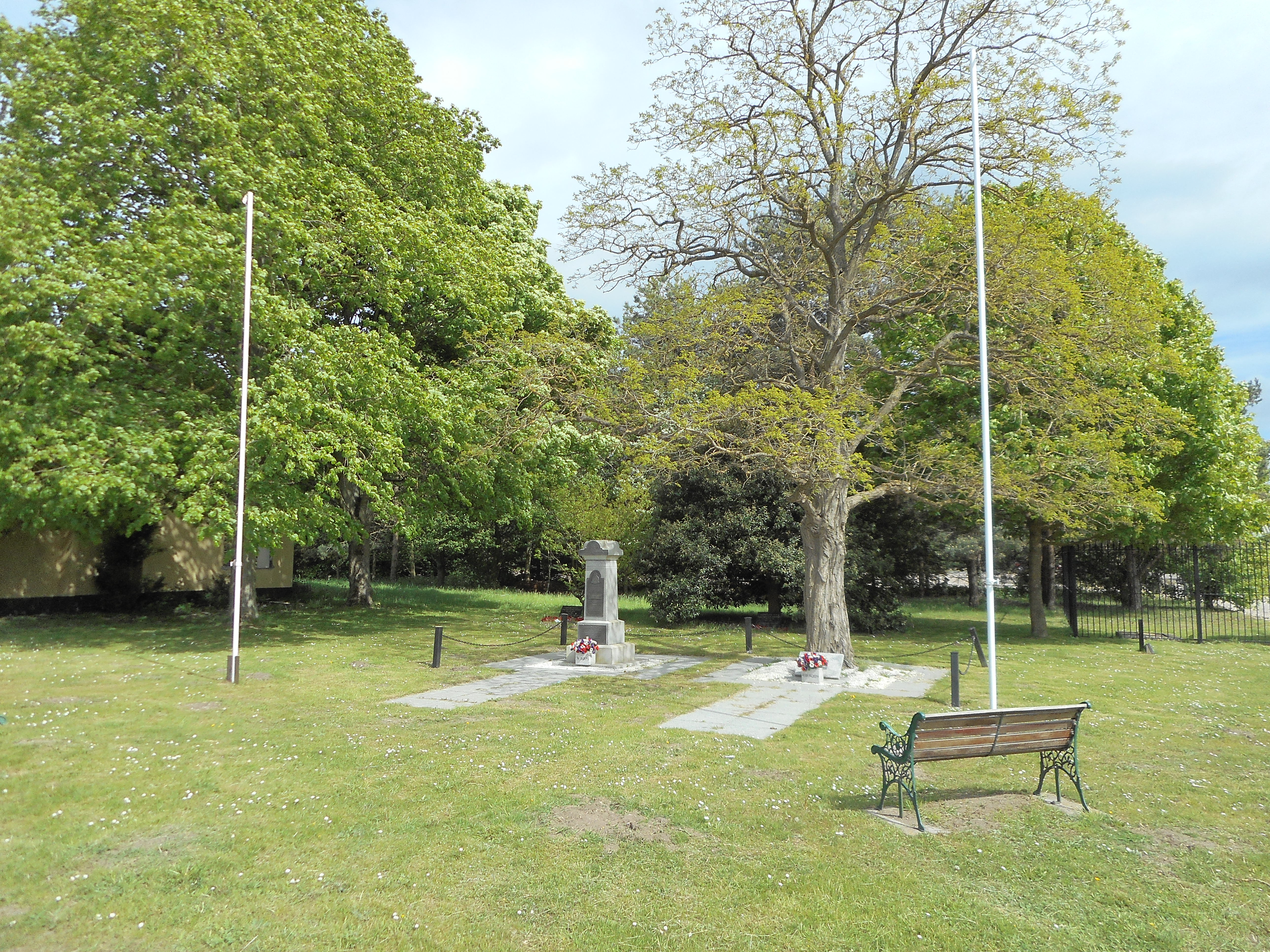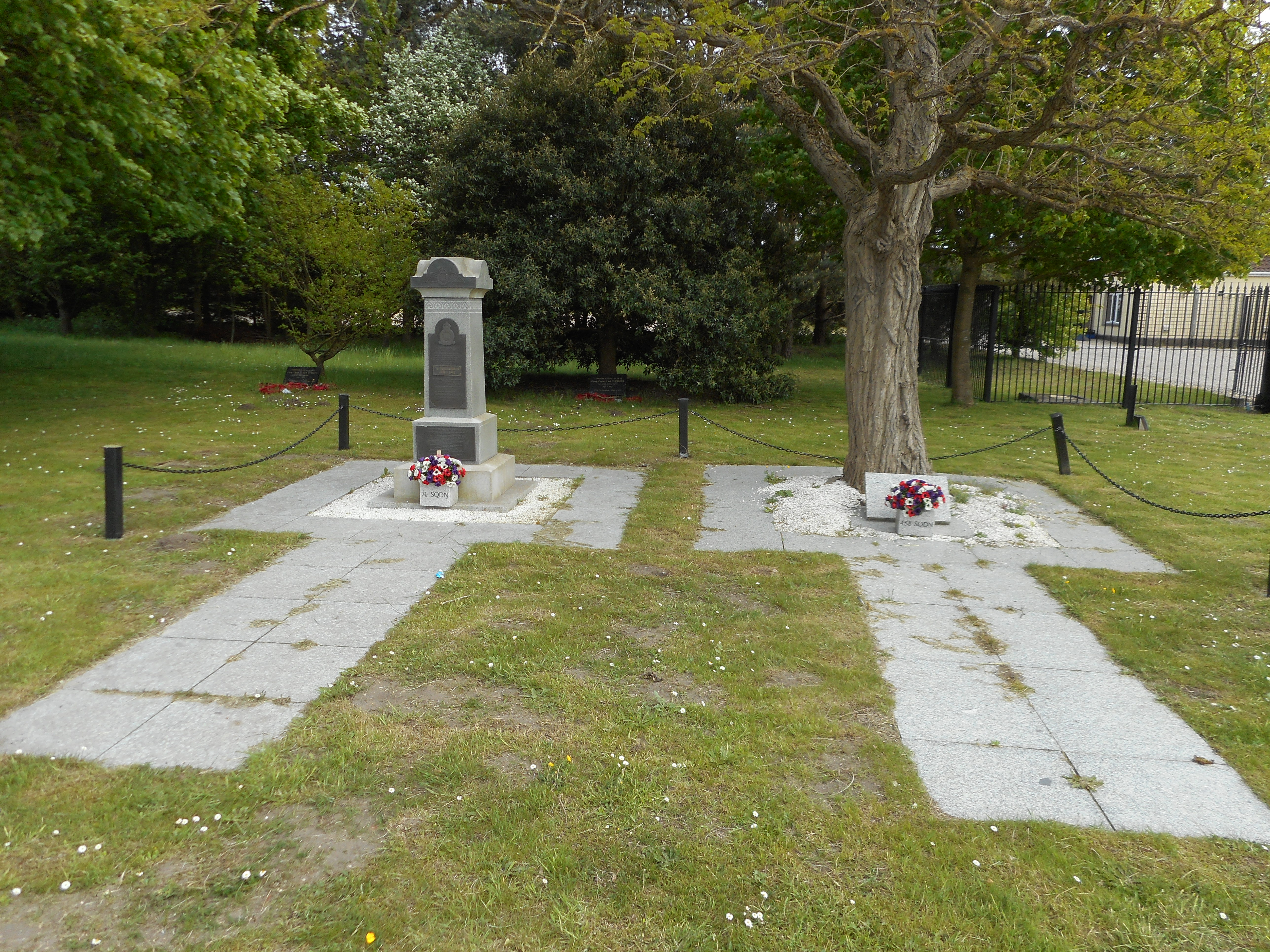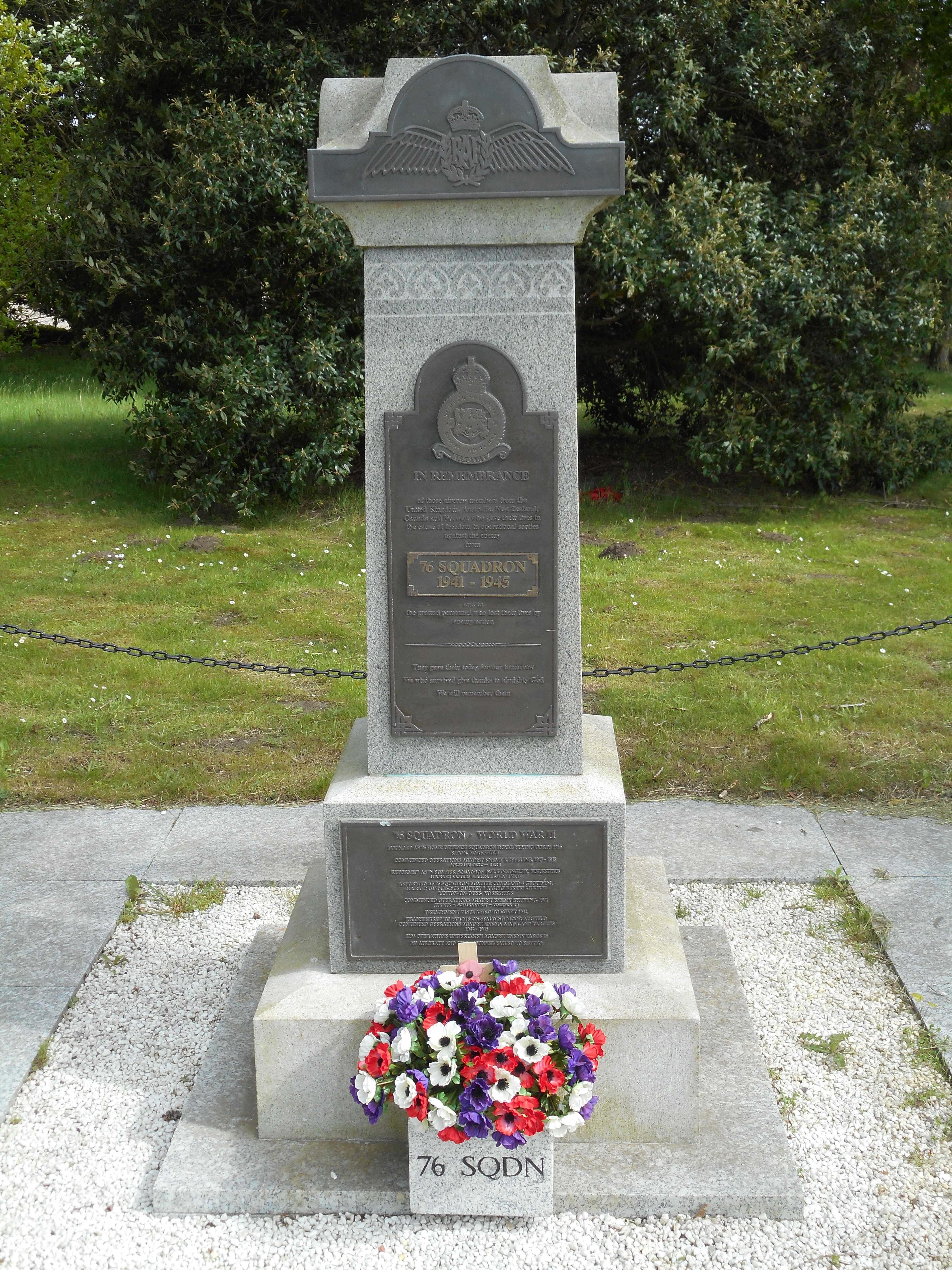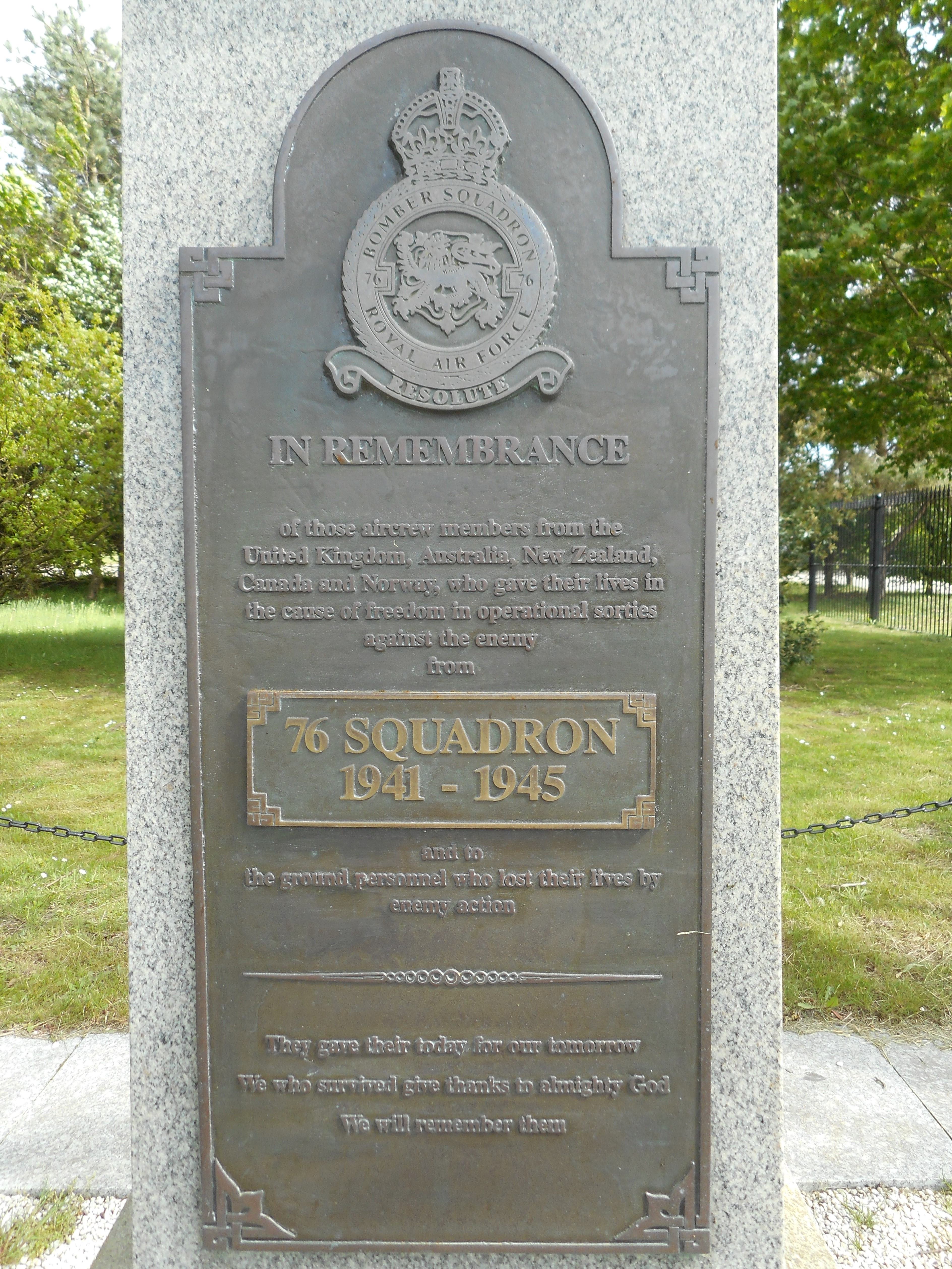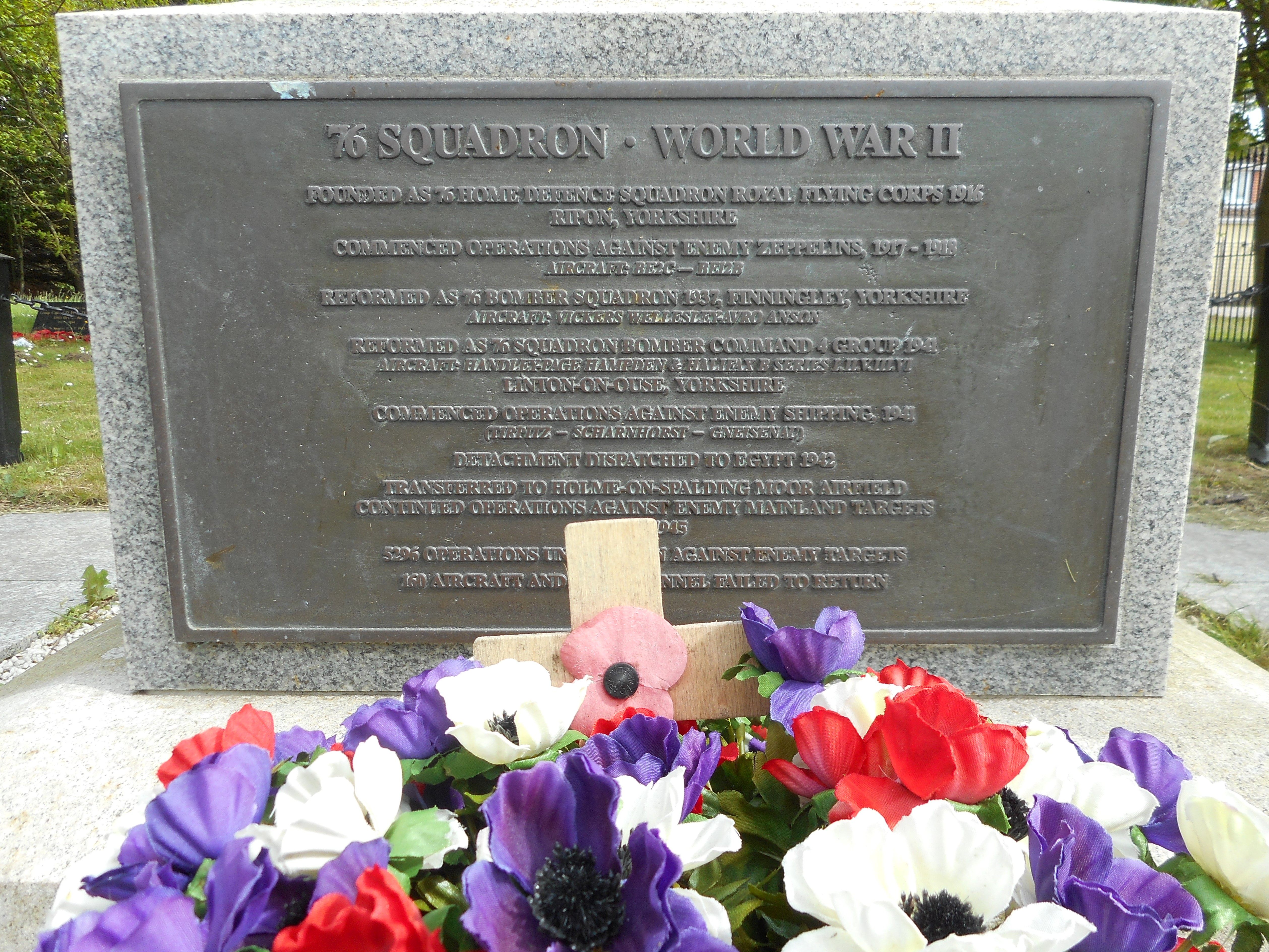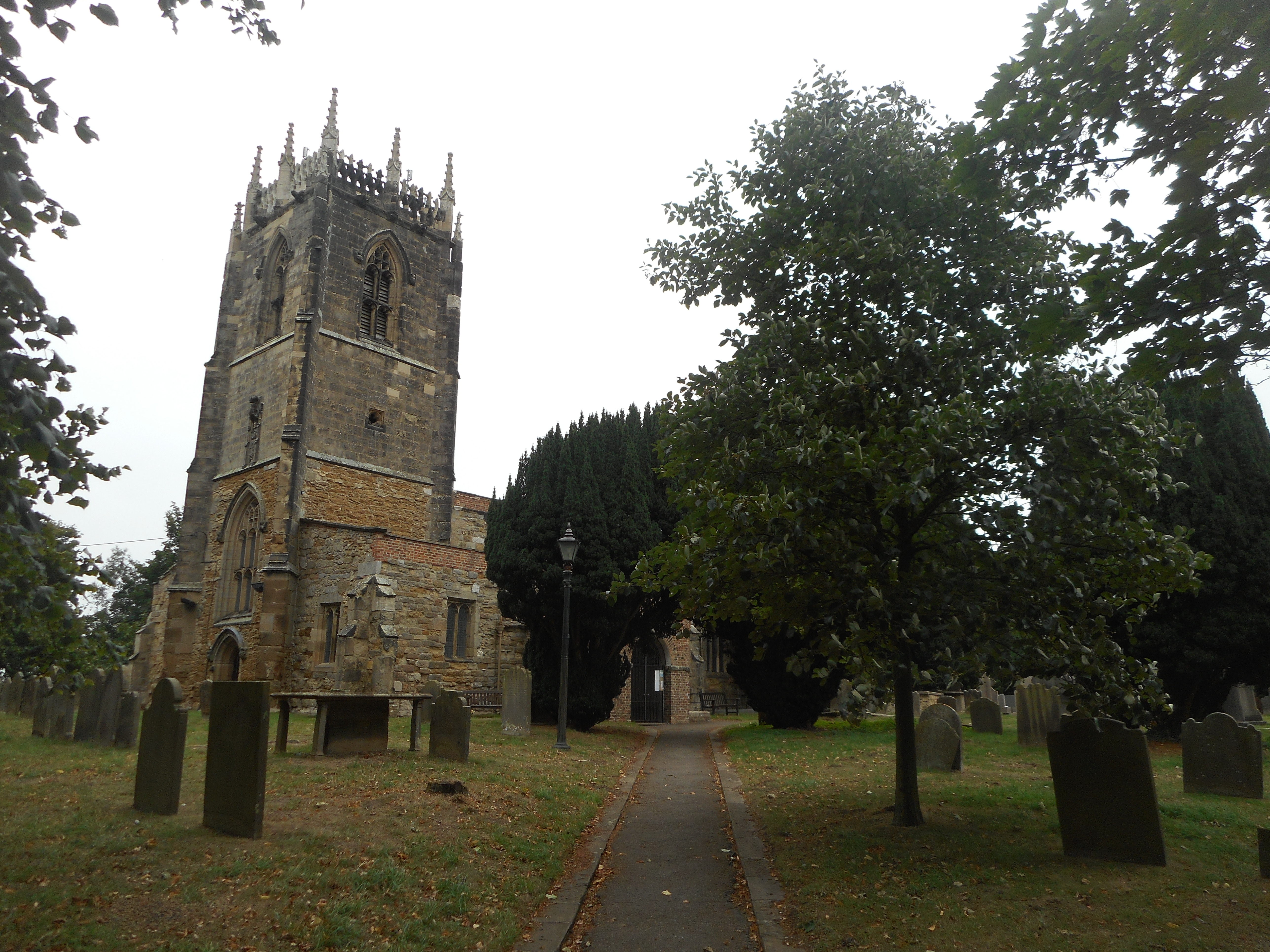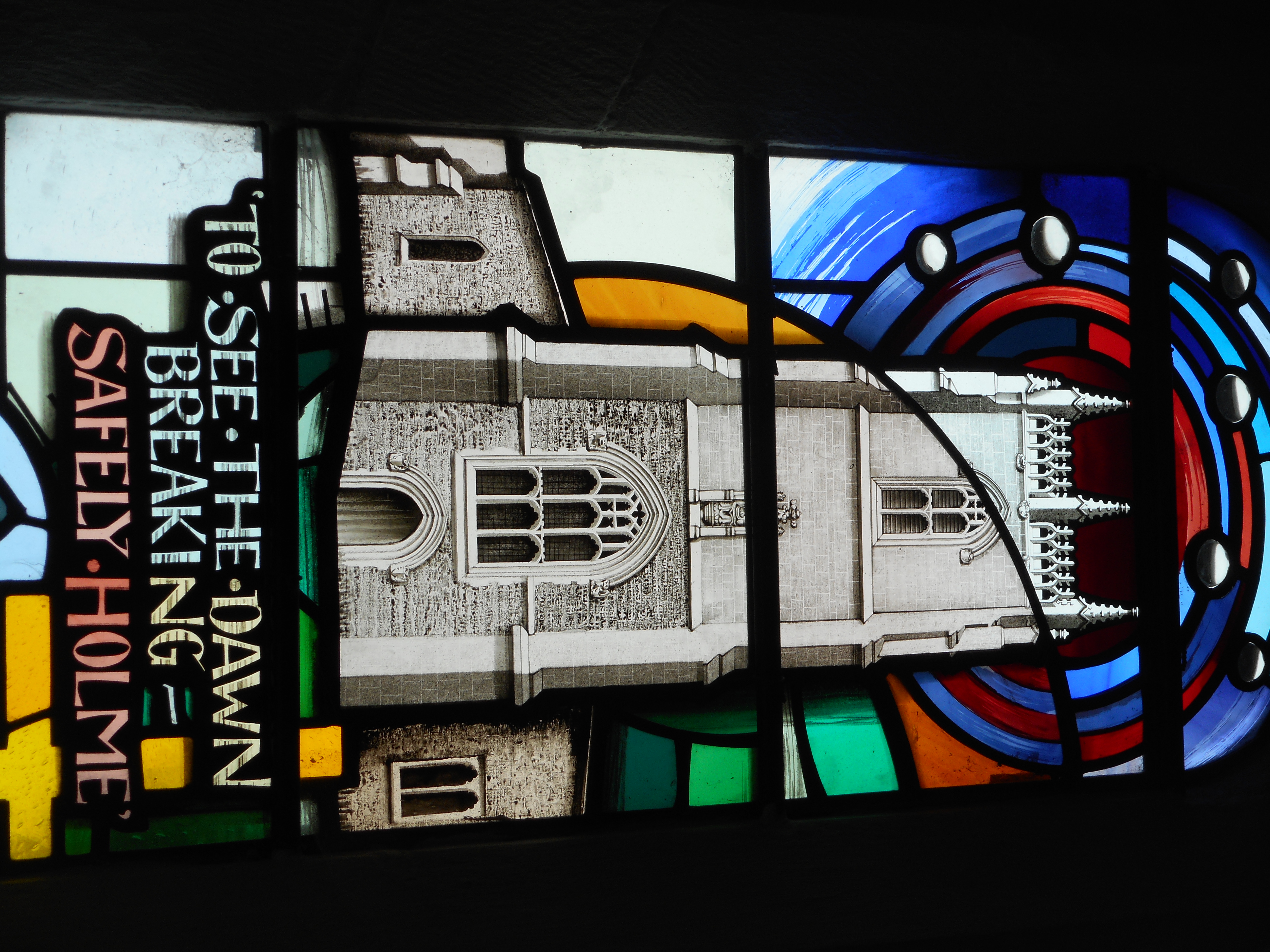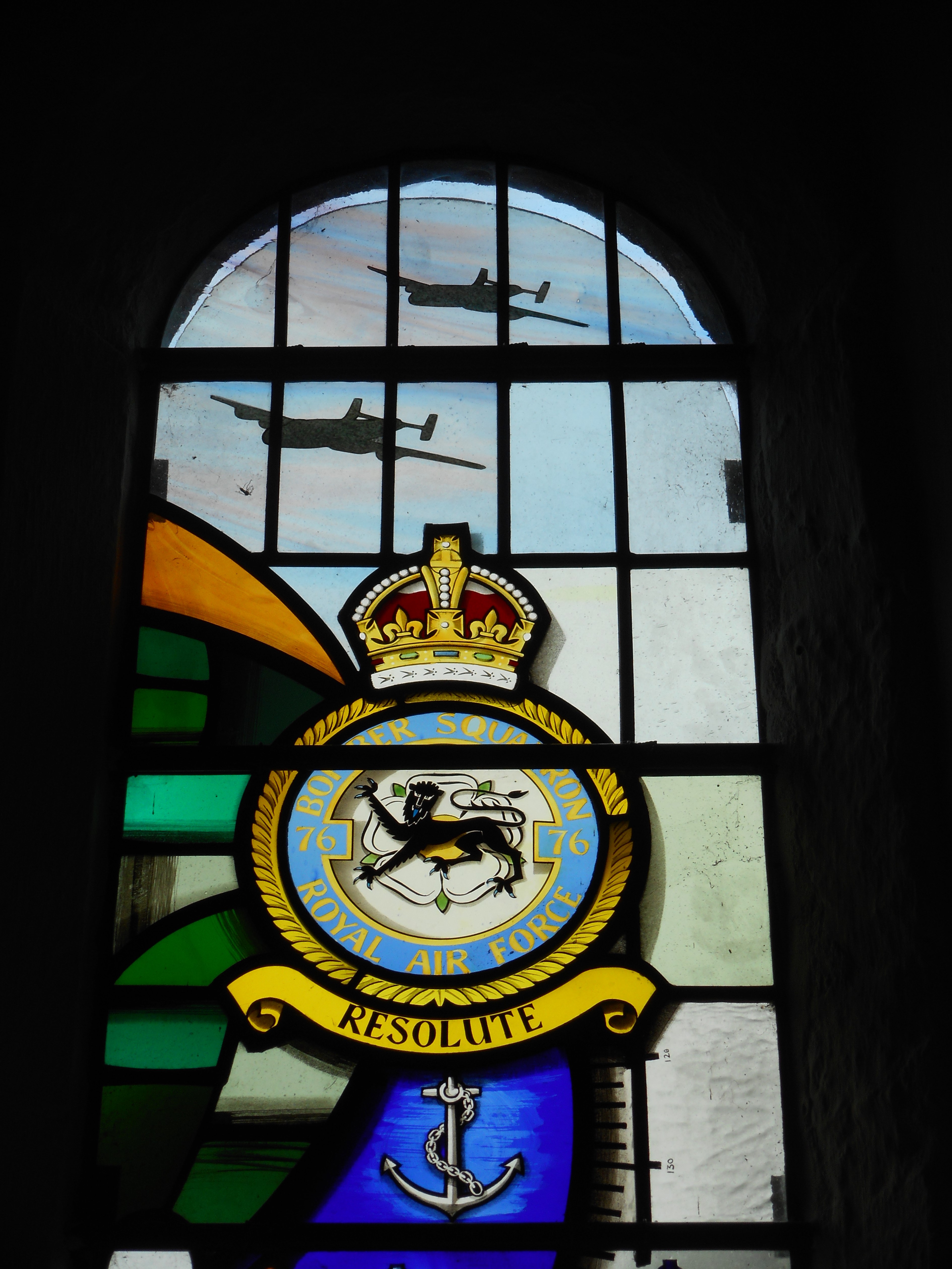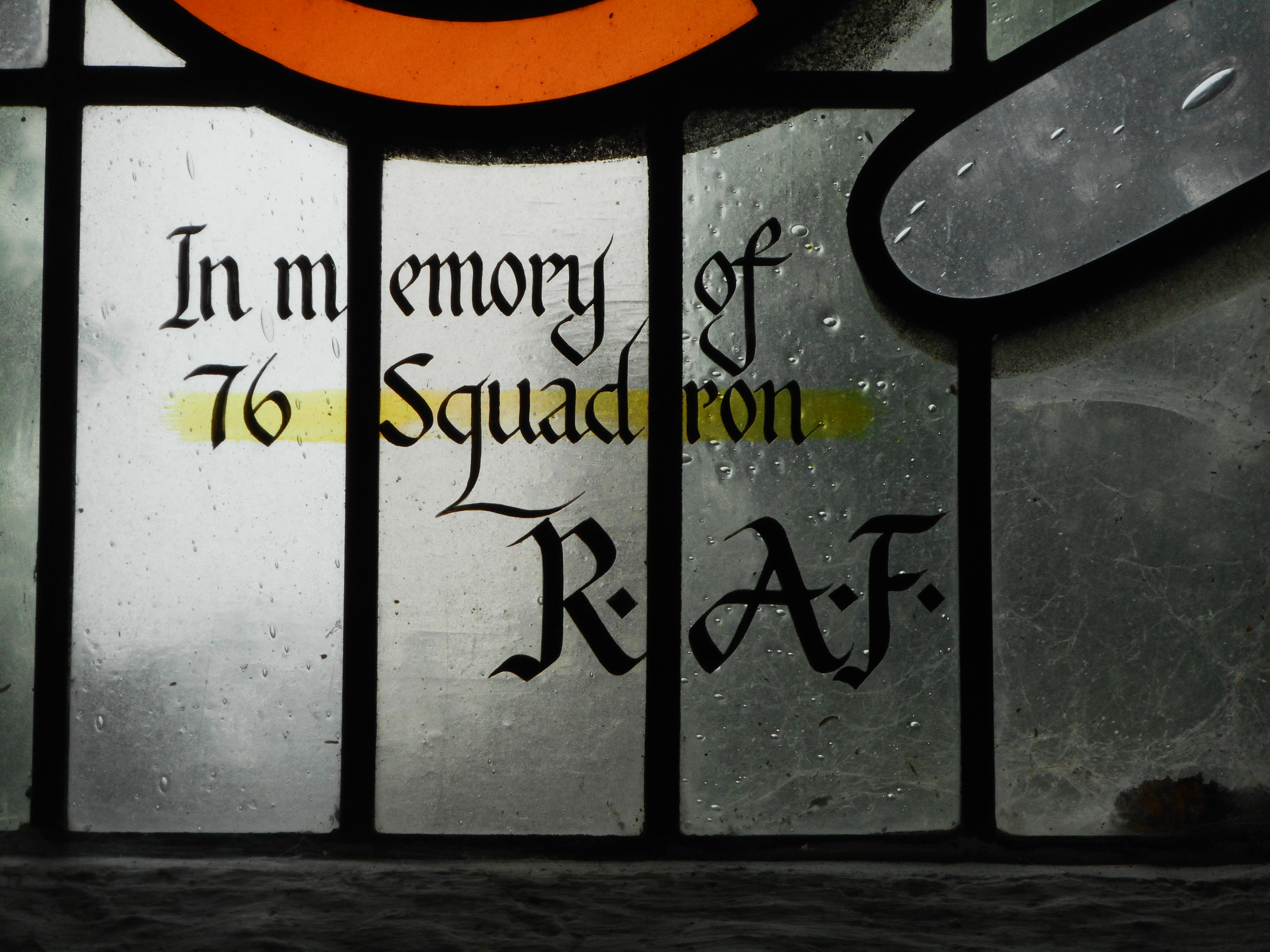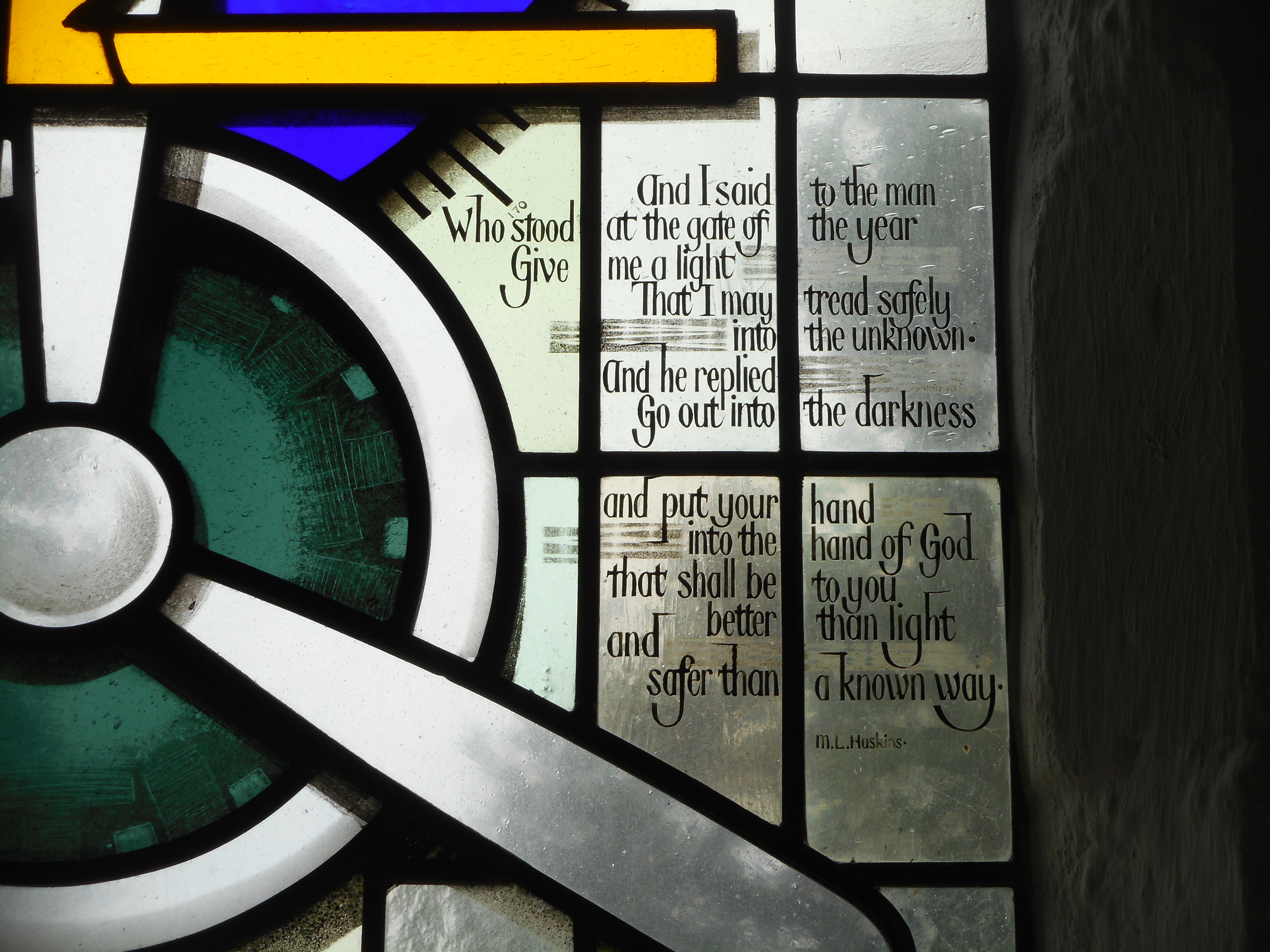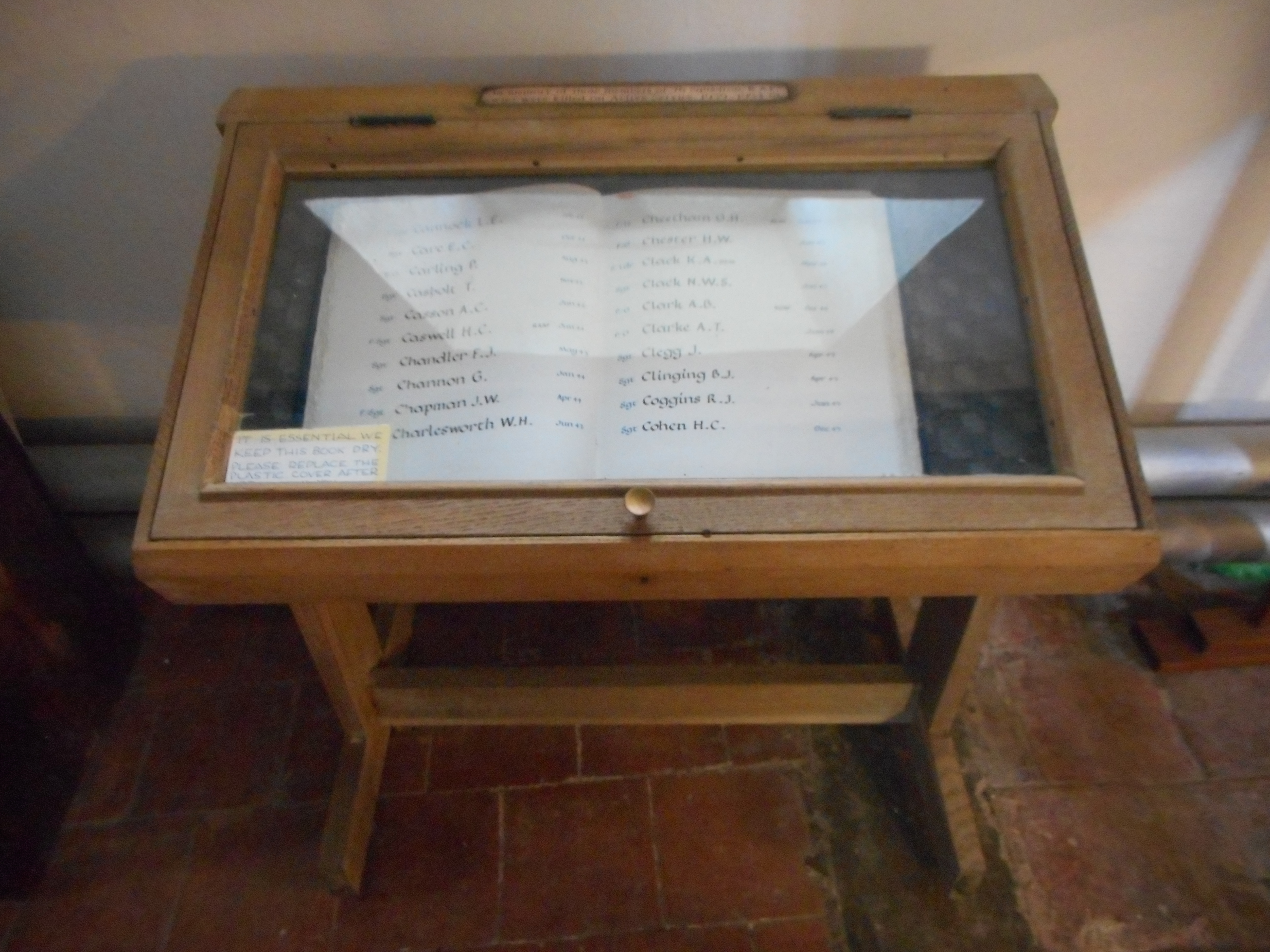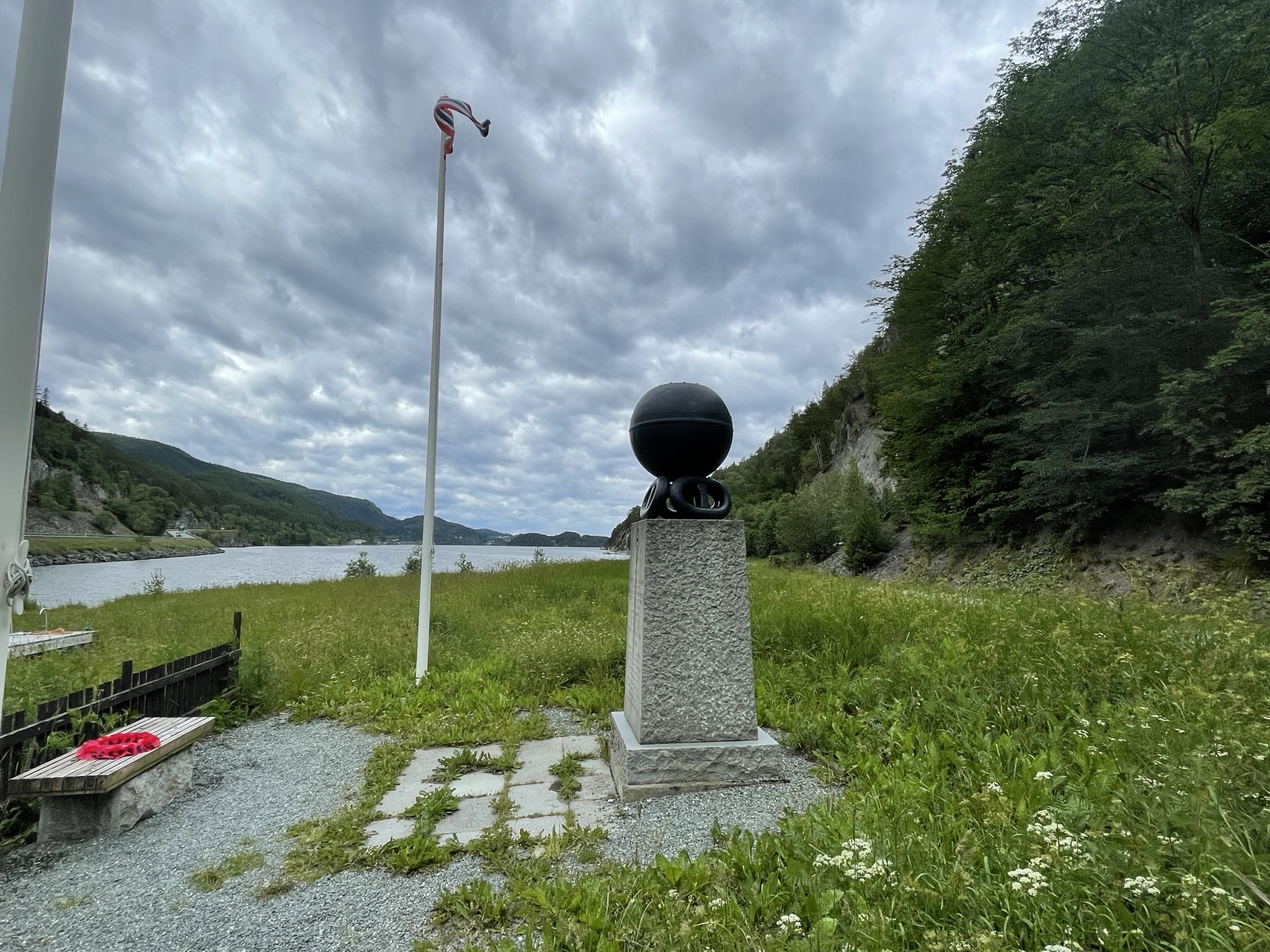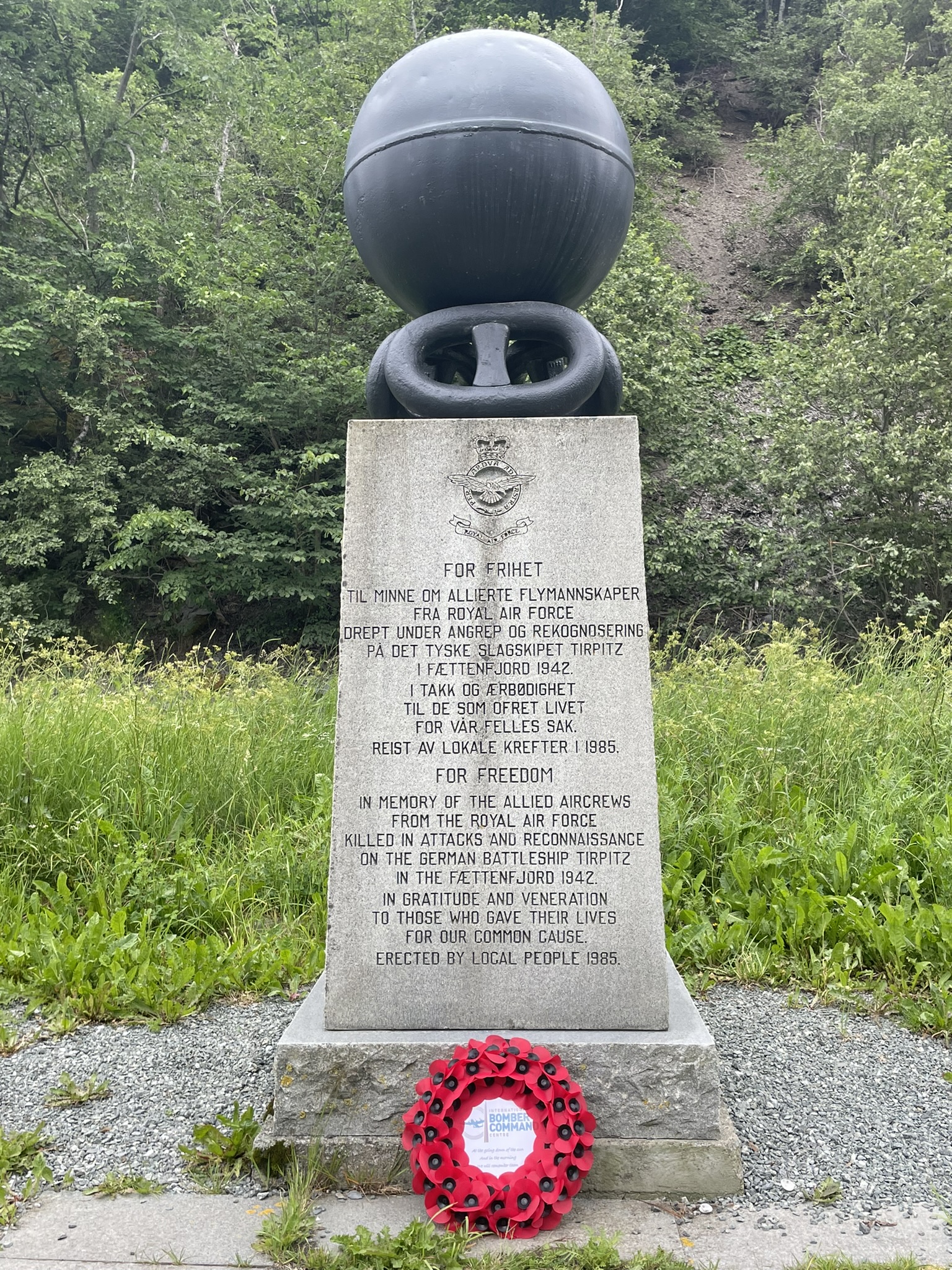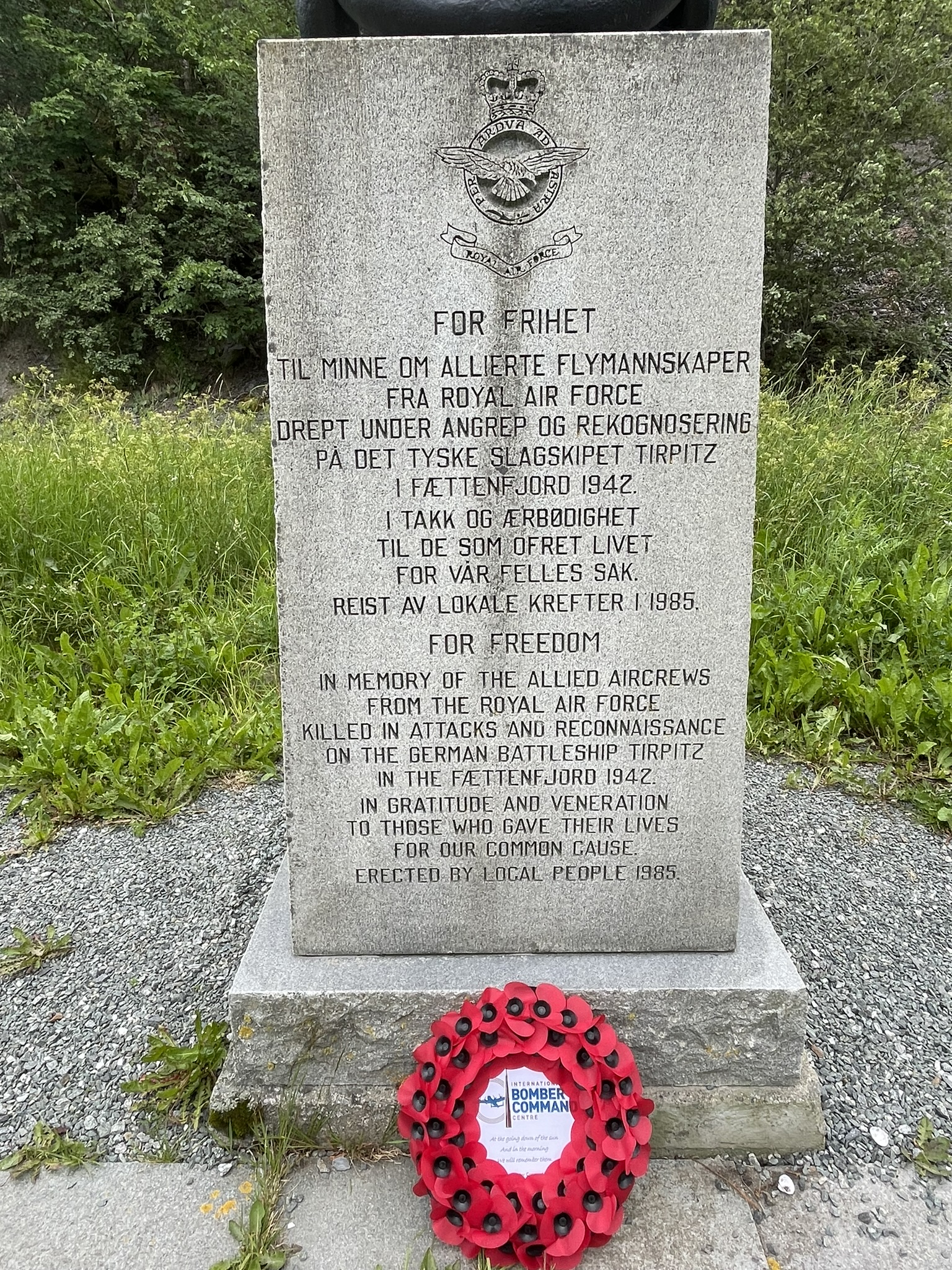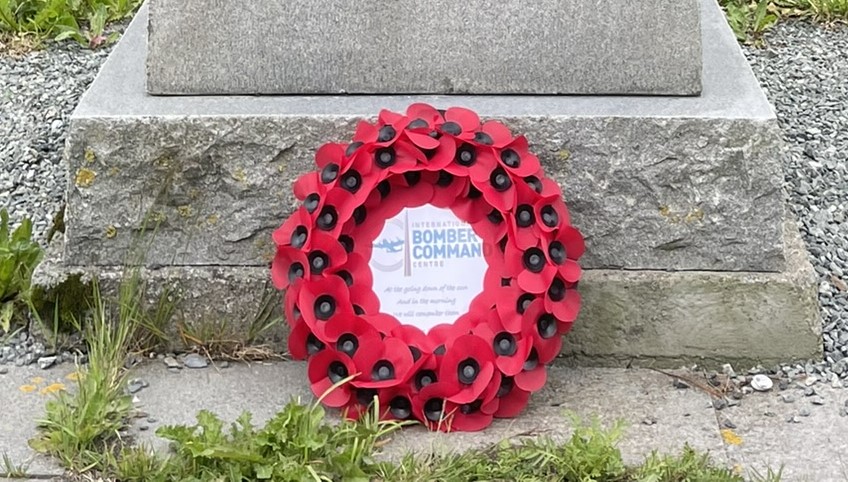Thorp, Arthur
Personal Information
| Rank | P/O |
| Forename(s) | Arthur |
| Surname | Thorp |
| Gender | M |
| Age | 20 |
| Date of Death | 03-10-1943 |
| Next of Kin | Son of Aaron and Jessie Thorp, of Yeldersley, Derbyshire. |
Aircraft Information
| Aircraft | Handley Page Halifax V |
| Serial Number | DK201 |
| Markings | MP-P |
Memorial Information
| Burial/Memorial Country | Germany |
| Burial/Memorial Place | Hanover War Cemetery |
| Grave Reference | 12. H. 3. |
| Epitaph | GOD GAVE THY SOUL BRAVE WINGS |
IBCC Memorial Information
| Phase | 2 |
| Panel Number | 254 |
Enlistment Information
| Service Number | 156078 |
| Service | Royal Air Force Volunteer Reserve |
| Group | 4 |
| Squadron | 76 |
| Squadron Motto | Resolute |
| Trade | Pilot |
| Country of Origin | United Kingdom |
Other Memorials
| Location | Behind old Main Guardroom, former Holme On Spalding Moor Airfield, East Yorkshire |
| Country | United Kingdom |
| Memorial Type | Stone Pillar with inscribed Metal Plaques |
| Memorial Text | In Remembrance of the aircrew members from the UK,Australia,New Zealand,Canada and Norway,who gave their lives in the cause of freedom in operational sorties against the enemy from 76 Sqn 1941-1945 and to the ground personal who lost their lives by enemy |
| Location | All Saints Church, Holme On Spalding Moor, East Yorkshire |
| Country | United Kingdom |
| Memorial Type | Stained Glass Window and Roll of Honour within Wooden Box with inscribed Metal Plaque |
| Memorial Text | S G Window In memory of 76 Sqn R.A.F / Roll of honour In memory of those members of 76 Sqn R.A.F who were killed on active service 1939-1954 |
| Location | Roadside location (off E6), Fættenfjord, near Åsenfjord, Trøndelag Fylke |
| Country | Norway |
| Memorial Type | Inscribed memorial stone atopped with inert aerial sea mine and Tirpitz anchor chain link |
| Memorial Text |
For Frihet Til minne om Allierte Flymannskaper fra RAF drept under angrep pa det tyske slagskipet Tirpitz i Fættenfjord 1942
Translation "For freedom In memory of the Allied Aircrews from the RAF who died in attacks on the German Battleship Tirpitz in the Fættenfjord 1942 " |
Miscellaneous Information
| J P Suzor account of this eventful evening as related in conversation with his son: Wing commander Don Smith led the squadron of 20 crews. Our crew of Halifax DK 201 was the most experienced having flown on more than 17 successful and eventful missions. It was a moonless evening as the Halifax four Merlin engines roared and disturbed the stillness of the night. Pilot officer Thorp pulled back on the control stick and we took off, direction Kassel. The time was 18.08. I went about my navigator’s task thinking that it would be another long night. I had my Mercator’s chart laid out with the ground plot and air plot on it. With that information I could plot the route and direction quite accurately. When we reached the target area, we noticed that the town and surrounding areas were pounded by heavy bombs which caused considerable damage. The German night fighters came out in force that evening and we had to take some evasive action. Both the upper and rear gunners saw a lot of action. During the diversion with the night fighters, we flew past Kassel. We turned and came back towards the target. Out of nowhere appeared a German fighter. No one saw him as he fired his tracer bullets which sheared through the fuselage, killing the mid upper gunner J. Zuidmulder and hitting the starboard wing. The Halifax DK 201 became a ball of fire. My oxygen had been cut off. The pilot, Arthur Thorp, tried in vain to control the plane downward plunge. We were now in an uncontrollable spiral dive and we had to scramble out of the doomed plane as quickly as possible. Gasping for air, I frantically opened the hatch next to the navigator table and threw myself out of the plane praying that I was not going to be hit by debris or another plane. The last one out was W. Wanless, (RCAF) the rear gunner. Why the pilot Arthur Thorp did not bail out as he went down with the plane remains a mystery. “Wilkie” Wanless later reported that he spoke to him just before bailing out of the plane and he seemed ok. The freezing air jolted me back to face the situation. I counted to 3 and prayed that my parachute would open as I pulled hard on the releasing strap. I felt a jolt and was whisked upwards, stabilized as the chute fully deployed and slowly parachuted towards the ground whilst thanking the good Lord. In the distance, I could see the fire burning and the roaring of the bomber’s engines in the distance. Slowly I descended towards the ground. It was a dark moonless night and could not judge how high I was until I crashed into a tall pine tree and slid unhurt down the branches. The top of my chute cupped the tree top as I came to a sudden halt. Not being able to judge how high up the tree I was, I decided to wait until dawn. At first rays of sunlight, I looked down and to my surprise noticed that I was only a couple meters from the ground. With my RAF issued knife, I cut the straps and decided to find a hiding place. I lay low during the day and walked at night. Unfortunately, because of low visibility, I could not walk fast. I hid again the following day and whilst in a deep sleep I was abruptly awoken by two German soldiers screaming at me with their guns pointing directly at my chest. I was marched to the nearest German camp. The Gestapo questioned me. “Remember to tell them nothing, but your name, rank and number”. After establishing that I was an RAF officer they locked me up in the city’s jail. A few days later i was taken by train for further interrogation at the Dulag Luft located near Frankfurt. It was the Luftwaffe interrogation center where all captured airmen were sent after their capture for interrogation. I just gave them my name, rank and number and divulged nothing else. Frustrated, they threw me in solitary confinement. A few days later, I was sent with a group to Poland as a PoW and incarcerated in Stalag Luft 3. I arrived there on the 17 of October 1943. Allied aircrew shot down during World War II were incarcerated after interrogation in Air Force Prisoner of War camps run by the Luftwaffe, called Stalag Luft, short for Stammlager Luft or Permanent Camps for Airmen. Stalag Luft III, was situated in Sagan, 100 miles south-east of Berlin, now called Zagan, in Upper Silesia, Poland (The camp was made famous internationally by the book and film “The Great Escape”). |
Commonwealth War Graves Commission
The National Archives
| Record of Events (Operational Record Book) AIR 27/651/20 |
| Summary of Events (Operational Record Book) AIR 27/651/19 |
Fellow Servicemen
Please note that this list gives all the losses aboard the quoted aircraft and occasionally these may have occurred on an earlier date when the aircraft was not itself lost. Please check the dates of death carefully.
Last Operation Information
| Start Date | 03-10-1943 |
| End Date | 04-10-1943 |
| Takeoff Station | Holme-on-Spalding-Moor |
| Day/Night Raid | Night (21% moon) |
| Operation | Kassel. 547 aircraft, 24 losses (4.4%). H2S blind marking aircraft overshot the aiming point badly and the visual markers could not compensate due to thick haze. Decoy fires were probably also used by the Germans. The Henschel and Fieseler aircraft factories were hit and the suburb of Wolfshanger was devastated, in part due to an ammunition dump being hit. 118 deaths on the ground. |
| Reason for Loss | Shot down by a night-fighter flown by Hptm. Hans Baer of 4./NJG3 and crashed at Leistrup, ESE of Detmold. |
